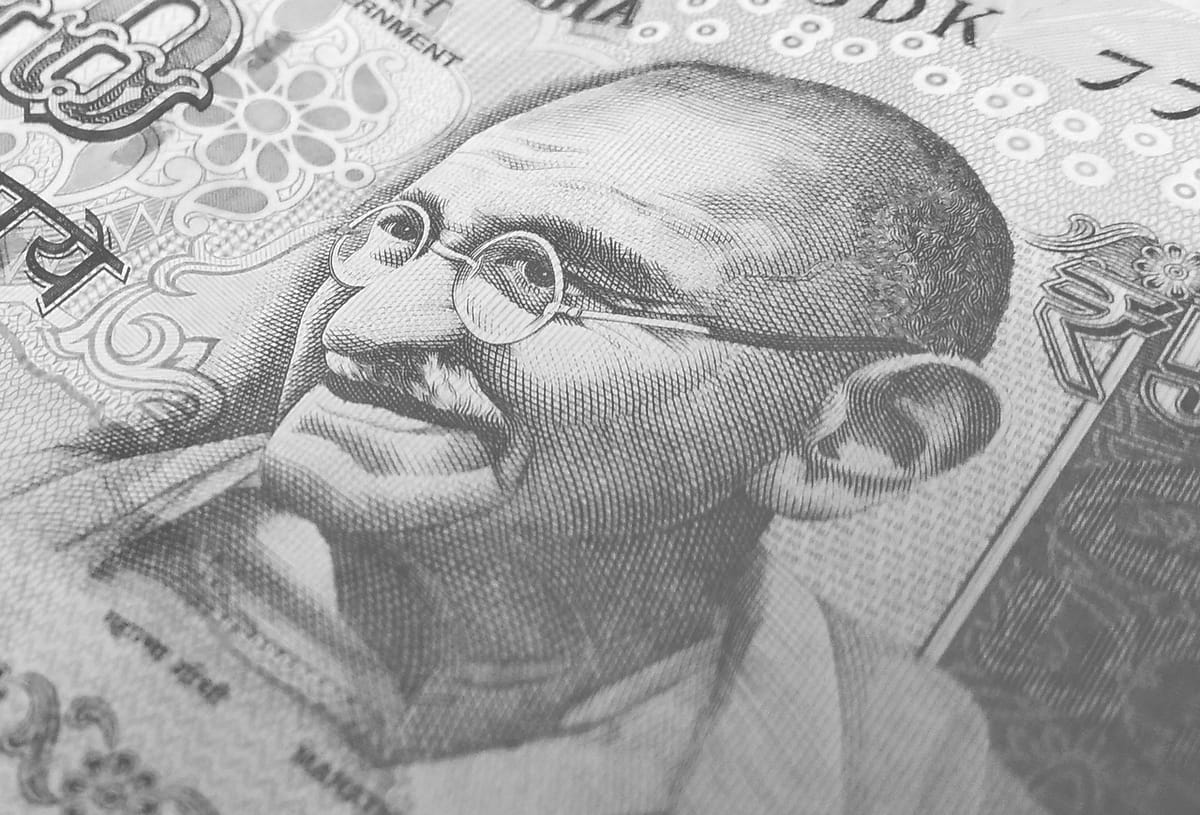FAQs About Mahatma Gandhi | The Man Behind India’s Freedom

1. Who was Mahatma Gandhi?
Mahatma Gandhi, born Mohandas Karamchand Gandhi in 1869 in Porbandar, India, was a lawyer, anti-colonial nationalist, and political ethicist who led the campaign for India's independence from British rule through nonviolent civil disobedience. He is globally recognized as a symbol of peace, truth, and nonviolence.
2. Why is he called 'Mahatma'?
The term 'Mahatma' means "Great Soul" in Sanskrit. It was first used for Gandhi by the poet Rabindranath Tagore as a mark of respect for his ethical principles and commitment to humanity.
3. What was Gandhi’s role in India’s independence?
Gandhi led multiple movements such as the Non-Cooperation Movement (1920), the Salt March (1930), and the Quit India Movement (1942) to protest against British colonial policies. His philosophy of Satyagraha (truth-force) inspired millions to demand freedom through peaceful resistance.
4. What is Satyagraha?
Satyagraha is a concept developed by Gandhi that combines truth (Satya) and nonviolent resistance (Ahimsa). It emphasizes achieving political and social goals without the use of violence, by appealing to the conscience of the oppressor.
5. How did Gandhi influence global movements?
Gandhi’s nonviolent philosophy inspired numerous civil rights leaders around the world, including:
- Martin Luther King Jr. in the U.S. Civil Rights Movement
- Nelson Mandela in the anti-apartheid struggle in South Africa
- Lech Wałęsa in Poland’s Solidarity movement
6. What was the Salt March?
The Salt March, also known as the Dandi March, took place in 1930 when Gandhi and his followers marched 240 miles to the Arabian Sea to make salt in protest of the British monopoly on salt production. It became a powerful symbol of defiance and attracted global attention.
7. How did Gandhi die?
Gandhi was assassinated on January 30, 1948, in New Delhi by Nathuram Godse, a Hindu nationalist who opposed his efforts to reconcile Hindus and Muslims. His death was mourned globally, and he is honored annually in India on Martyrs’ Day.
8. What are Gandhi’s core principles?
Gandhi’s life was guided by several core values:
- Ahimsa (nonviolence)
- Satya (truth)
- Self-discipline
- Swaraj (self-rule)
- Simple living
9. What is Gandhi’s legacy today?
Gandhi's legacy lives on through peace movements, education on nonviolence, and social justice campaigns. He remains a universal symbol of resistance without hatred.
10. Are there museums or memorials dedicated to him?
Yes, several institutions honor his life:
- Gandhi Smriti, New Delhi – site of his assassination
- Sabarmati Ashram, Ahmedabad – his residence and movement base
- Mani Bhavan, Mumbai – headquarters of several campaigns
Explore more at the Gandhi Heritage Portal.
11. Was Gandhi nominated for the Nobel Peace Prize?
Yes, Gandhi was nominated five times for the Nobel Peace Prize but never received it. The Nobel Committee has since acknowledged this as one of their most regrettable omissions.
12. Did Gandhi write any books?
Yes, his most notable work is his autobiography:
"The Story of My Experiments with Truth", which reflects his personal journey and moral philosophy.
13. How is Gandhi viewed internationally?
Gandhi is recognized globally as a pioneer of nonviolent activism. His birthday, October 2, is observed as International Day of Non-Violence by the United Nations.
14. What were Gandhi’s views on religion?
Gandhi believed in the unity of all religions. Although born Hindu, he respected all faiths and often quoted from the Bible, Quran, and other scriptures. He emphasized interfaith harmony as essential to peace.
15. How can one apply Gandhi’s teachings today?15. How can one apply Gandhi’s teachings today?
In today’s world, Gandhi’s teachings are applied in:
- Peace-building and conflict resolution
- Environmental sustainability (through simple living)
- Social justice and human rights activism
Further Reading:




